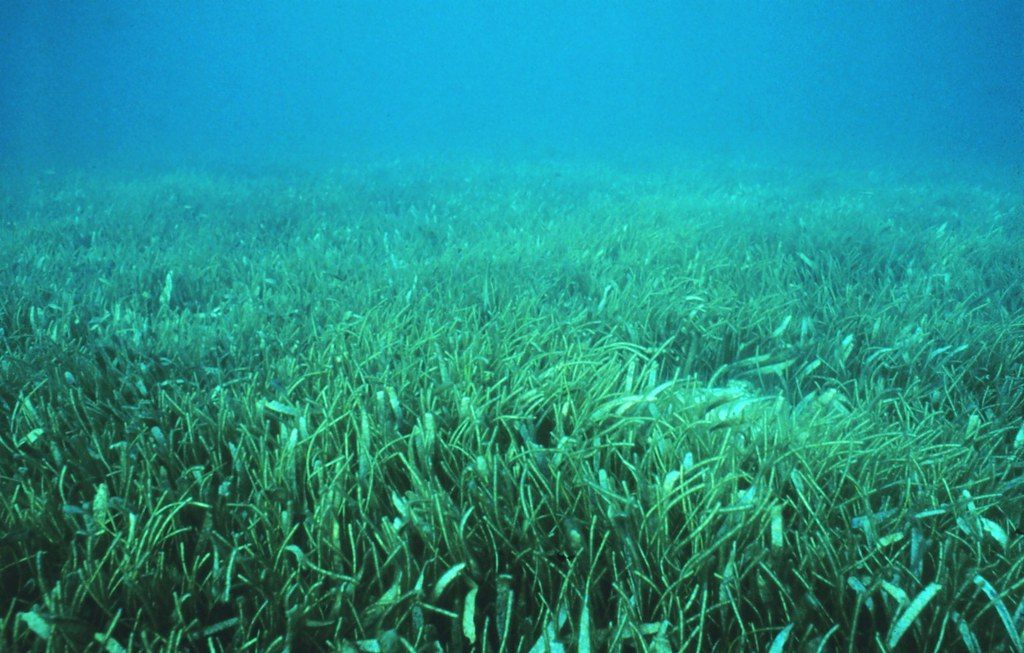
Global climate change is having noticeable effects on the environment. For example, glaciers are shrinking. Plant and animal ranges are shifting and populations decreasing. And droughts, floods, and wildfires are becoming more frequent and more intense. According to the Intergovernmental Panel on Climate Change, the evidence indicates that the net damage costs of climate change are likely to be significant and to increase over time.
Our coastal shorelines, which are already stressed by human activity, pollution, storms, and invasive species, are one of many areas expected to be further threatened by climate change. Sea level rise and more intense and frequent storms are expected to erode and inundate coastal ecosystems and eliminate wetlands. Ocean acidification is also projected to disrupt marine environments.
But according to scientists at the Massachusetts Institute of Technology, seagrasses could play a key role in protecting these vulnerable shorelines from this onslaught. The MIT research team demonstrated how the ubiquitous marine plants dissipate wave energy and help protect against erosion, which could help mitigate damage from rising seas.
Using mathematical modelling and experiments, the MIT researchers were able to quantify for the first time how large and dense a continuous meadow of seagrass must be in order to provide adequate damping of waves in a given setting. They also found that seagrasses offer significant environmental benefits, including preventing beach erosion, protecting seawalls and coastal structures, improving water quality, and sequestering carbon.
Submerged aquatic vegetation, including seagrasses, provides an ecosystem service exceeding $4 trillion annually. Hopefully these findings can help provide useful guidance for seagrass restoration efforts.
**********
Web Links
Seagrass’ strong potential for curbing erosion
Photo, posted October 13, 2010, courtesy of the NOAA Photo Library via Flickr.
Earth Wise is a production of WAMC Northeast Public Radio.
Leave a Reply